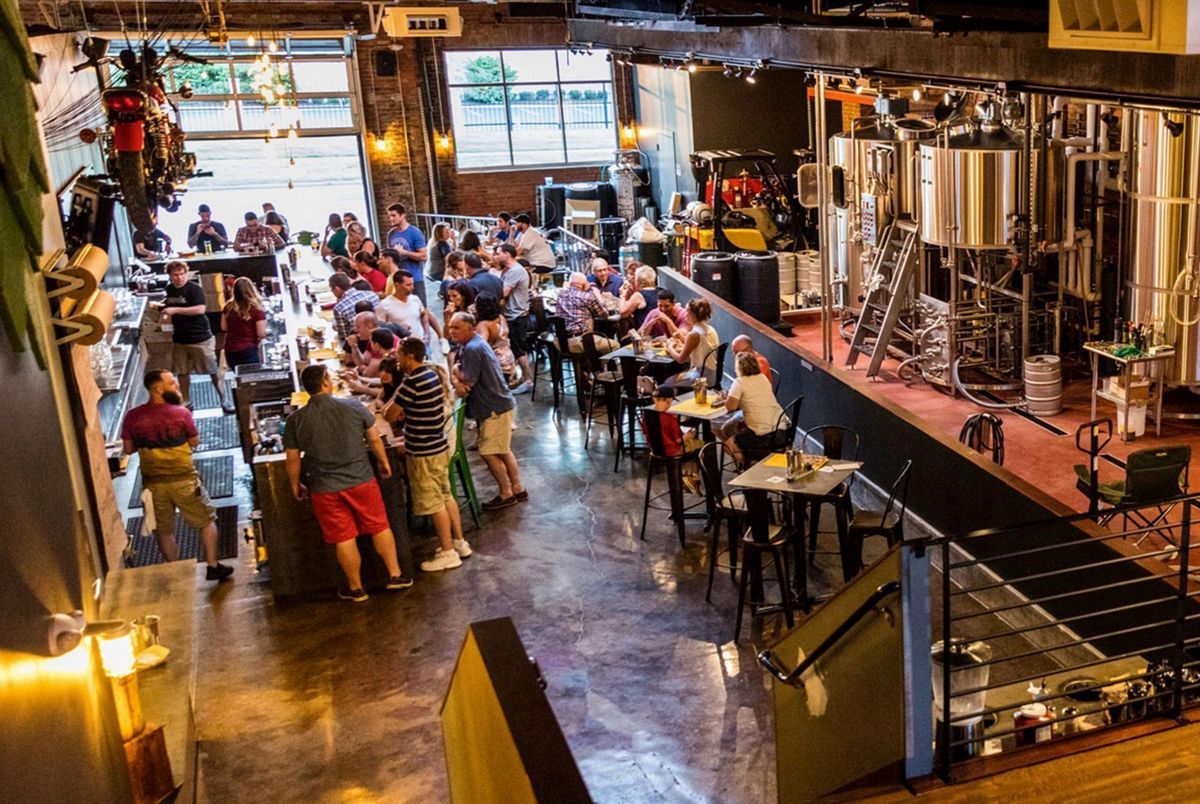
In 2018, there were over 7,450 breweries in the U.S., surpassing the previous high of 4,131 breweries in 1873. However, simply making good beer and opening a brewery is no longer enough. To be successful in today’s crowded market, it’s important to have a solid business plan.
Starting a brewery involves navigating regulations, dealing with delays, and facing various challenges. In this guide, we’ll provide insights from brewers and experts to help you start your own brewery. We’ll cover essential steps such as planning, finding a location, choosing equipment, building relationships, obtaining funding, and understanding regulations.
Planning is crucial for any brewery, regardless of its size or age. ColdFire Brewing, for example, developed a solid business plan and assembled a core team to bring their vision to life. Having a key financial person in place helps monitor cash flow and financial status.
Regularly reviewing your business plan and financials is important for making informed spending decisions. Even if you don’t have a plan yet, it’s recommended to create one as it helps with growth and is often expected by funders.
When it comes to finding a location, consider local and state laws, accessibility for shipping and attracting customers, and market preferences. It’s vital to research the area’s demographics and spending habits to ensure a good fit.
Choosing the right brewery equipment involves considering production capacity and profitability. Buyers can opt for new systems or used ones, but it’s important to thoroughly review used equipment to avoid future problems.
Building relationships with vendors and the local community is essential for a successful microbrewery. Surrounding yourself with trusted advisors, hiring the right team, and understanding your customers and financials are key steps.
Funding a brewery can be challenging, and traditional banks may not provide startup loans. Savings, friends and family, or angel investors are common funding sources. It’s important to estimate startup costs, plan for delays, and treat accounting with equal importance as brewing.
Monitoring financial metrics is vital for assessing the health of your brewery. It’s important to break even or generate a small profit within the first 6 to 12 months, aiming for a 10 to 15 percent bottom-line profitability within 12 to 18 months. Quarterly and annual profitability should be tracked, along with food costs if applicable.
Starting a brewery is a complex process, but with careful planning, solid relationships, and financial awareness, you can succeed in this thriving industry.
Do you need equipment for the next six months to keep up with demand?
Hello!
I’m Andrew Brooks, a seasoned finance consultant from the USA and the mind behind phonenumber247.com.
My career is built on a foundation of helping individuals and businesses thrive financially in an ever-changing economic landscape. At phonenumber247.com, my aim is to demystify the complex world of finance, providing clear, actionable advice that can help you navigate your financial journey with confidence. Whether it’s personal finance management, investment strategies, or understanding the nuances of market dynamics, I’m here to share insights and tools that can propel you towards your financial goals.
Welcome to my digital space, where every piece of advice is a step closer to financial clarity and success!
